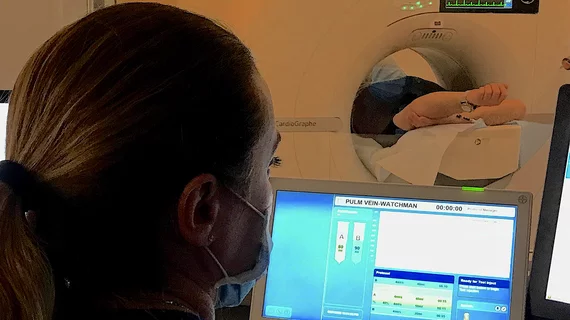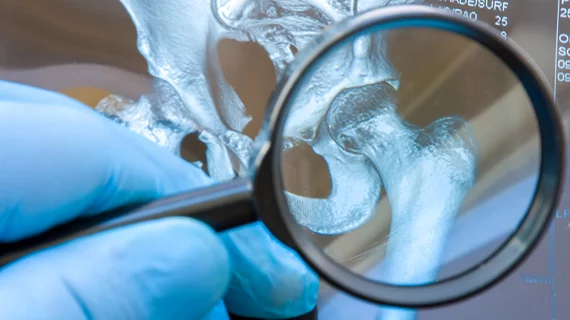From the mid-1990s to mid-2000s, advanced imaging grew at a robust clip, surpassing 6 percent per year, and exceeding 20 percent annually in some market segments. Growth of advanced imaging among Medicare beneficiaries started to slow in 2006, and research suggests the slowdown extended to the non-Medicare insured. The expansion of prior authorization, increased cost sharing and other policies fueled the slowdown, according to a study published online July 25 in Health Affairs. The American College of Radiology characterized the list of factors cited for the decline as incomplete and emphasized that the drop in imaging use is not without adverse consequences.




